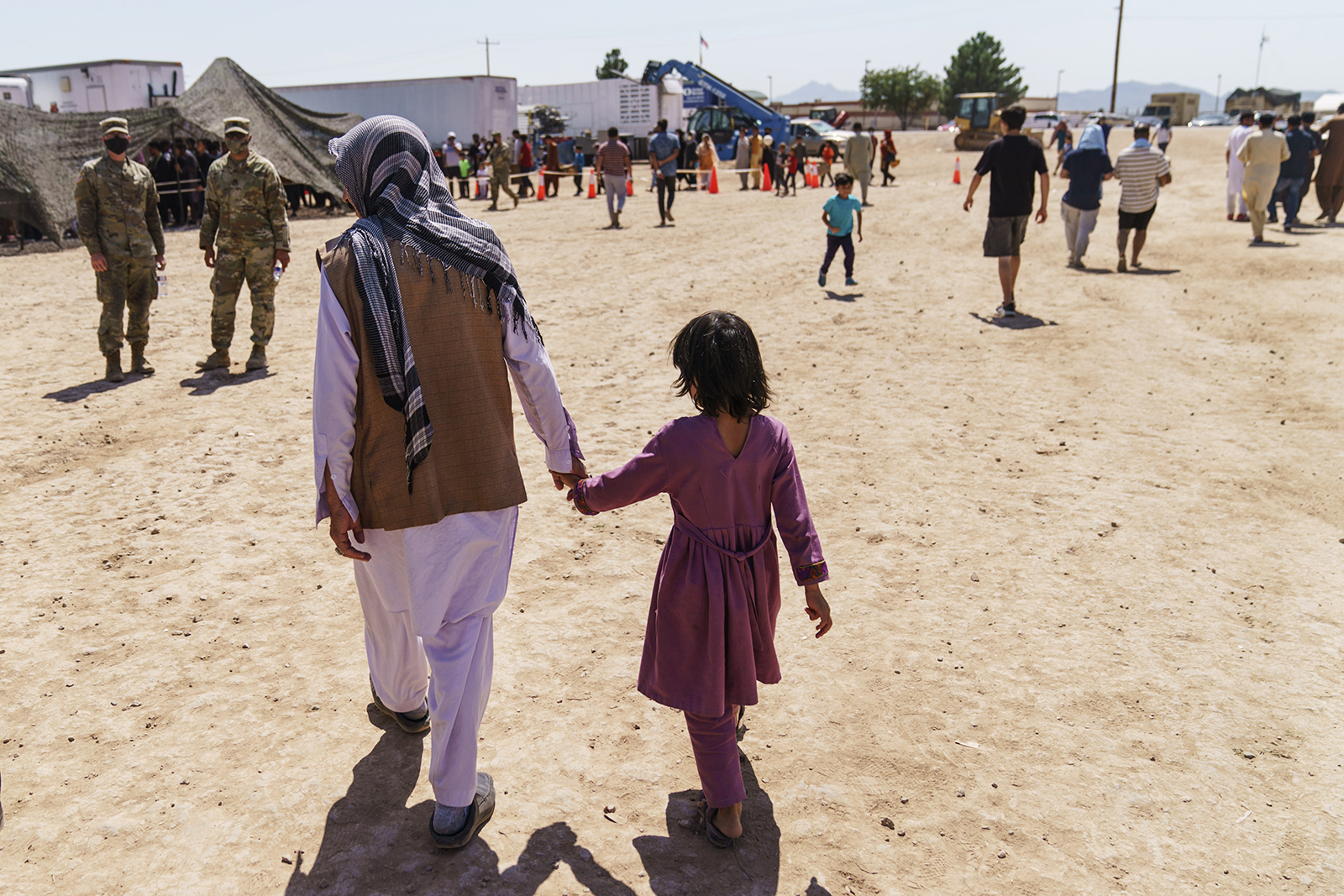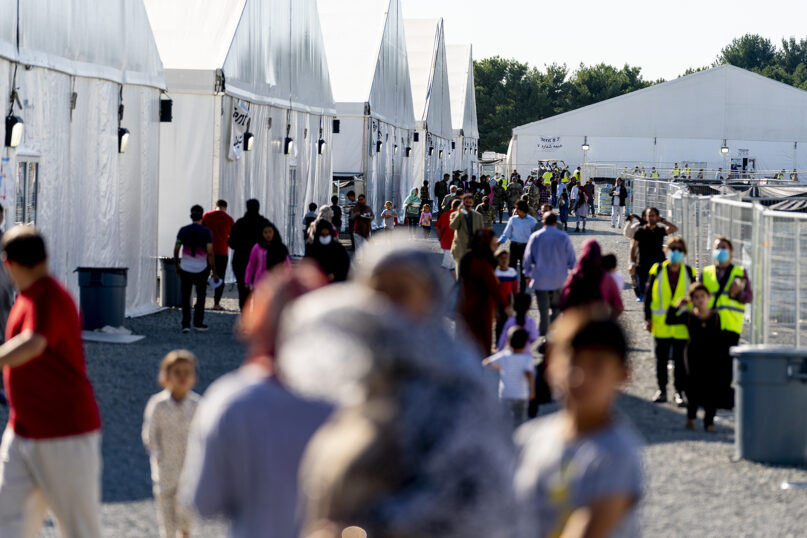(RNS) — Amid the political polarization that afflicts just about every issue before the American public, one happy exception is the overwhelming bipartisan support for taking in Afghan evacuees who assisted the U.S. military during the war in Afghanistan.
But that doesn’t mean resettling them is going to be easy.
By mid-October — once they complete the 21-day quarantine for measles mandated by the CDC last week — tens of thousands of refugees will begin arriving in communities around the country. Even as we speak, the non-governmental agencies that do most of the resettlement work are struggling to gear up for what lies ahead.
The dominant model is top down, with agency staff doing the bulk of the painstaking work to get the newcomers settled and community groups helping out around the edges. In my own state of Connecticut, however, it works the other way around. While the agencies provide supervision and coordination, it’s the community groups that do the heavy lifting.
This approach was instituted years ago by a nonprofit organization based in New Haven called IRIS — Integrated Refugee and Immigrant Services. IRIS was a small Episcopal office called Interfaith Refugee Ministry when Chris George, who had spent the previous quarter-century doing humanitarian work in the Middle East, became its executive director in 2005.
George quickly saw the need to make it a more inclusive enterprise.
“When I started there were a lot of things on the walls that projected a Christian affiliation — we were started by the Episcopal diocese, and we’re proud of that — but we wanted to project an image that would attract a broader number of people,” he told an interviewer a few years ago. “So we still have our poster of Mary and Joseph on a donkey somewhere, but up went posters of Einstein and the Statue of Liberty as well.”
“Thank God for that,” said the Rt. Rev. Andrew Smith, who was then Connecticut’s Episcopal bishop and subsequently served as chairman and member of the IRIS board.
But religious commitment has hardly ceased to be central to the enterprise.

A man walks with a child through the Doña Ana Village of Fort Bliss, where Afghan refugees are being housed, in New Mexico, Sept. 10, 2021. (AP Photo/David Goldman)
Going back to the Second Great Awakening of the early 19th century, Connecticut citizens of diverse religious backgrounds (at first just Protestant) were prominent in voluntary organizations to combat slavery, advance women’s rights and promote temperance — along with more explicitly religious goals like supplying every family in America with a Bible.
Fast forward to the 1970s and 1980s, and faith-based nonprofits in the state (including the forerunner of IRIS) were notable for their work settling refugees from Vietnam. Connecticut churches were active in helping Bosnian refugees in the early 1990s. And when Syrian refugees were being resettled in the last years of the Obama administration, it was for the most part religious congregations, acting alone or in groups, that worked to resettle them under the guidance of IRIS and Catholic Charities.
More than 300 Afghan evacuees are shortly to arrive in the Hartford area, and IRIS has opened an office at the city’s Trinity Episcopal Church to oversee the resettlement work. For its part, the church has partnered with a resettlement team co-chaired by Smith, the former bishop, to acquire a house for a single large Afghan family to live in.
RELATED: Former US presidents, religious leaders launch organization to aid Afghan evacuees
The team has created individual committees to help the family with employment, health care, language instruction, family finances, grocery shopping (including where to acquire halal meat), Social Security, home furnishings, public schooling, religious connections and computer skills. “A lot of the team will not actually meet the family,” Smith said.
There’s no question that the IRIS model creates more potential for confusion and conflict than one relying on non-profit staff to manage resettlement needs. Some community groups will inevitably function better than others, and it is harder to maintain rules and standards with a multiplicity of voluntary groups doing the work. The supervising agency needs to be astute and adroit.
But given the numbers of Afghan evacuees about to descend on American towns and cities, it may be the only way to assemble the necessary human resources. No wonder groups from around the country are looking to IRIS to find out how it’s done.






